National parks have been established around the world to preserve natural beauty and protect wildlife, with some dating back centuries. These offer a glimpse into untouched landscapes, rich ecosystems, and cultural history. Each one tells a unique story of conservation and human interaction with nature. This article explores the oldest national parks across the globe, shedding light on their origins, natural wonders, and significance in environmental preservation.
Sequoia National Park
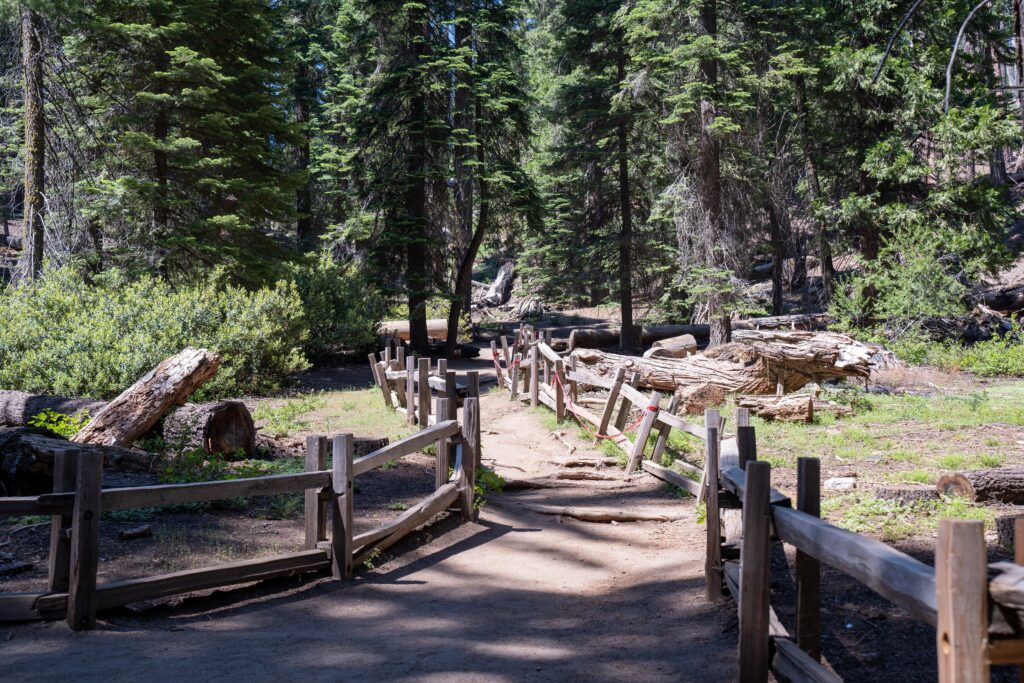
Sequoia National Park, established in 1890, is located in California’s Sierra Nevada region and is renowned for its towering sequoia trees. It is home to the largest living tree by volume, the General Sherman Tree. It covers around 631 square miles and also features mountains, canyons, and lakes. It was created to protect these ancient trees, which only grow in a specific region of the world. It also shares management with Kings Canyon National Park, and together, they form a UNESCO Biosphere Reserve. Mount Whitney, the tallest peak in the contiguous United States, is also located here. It became a symbol of conservation efforts in the U.S., as it sought to preserve both natural wonders and wildlife habitats. It also protects diverse wildlife, including black bears, cougars, and various bird species.
Yosemite National Park
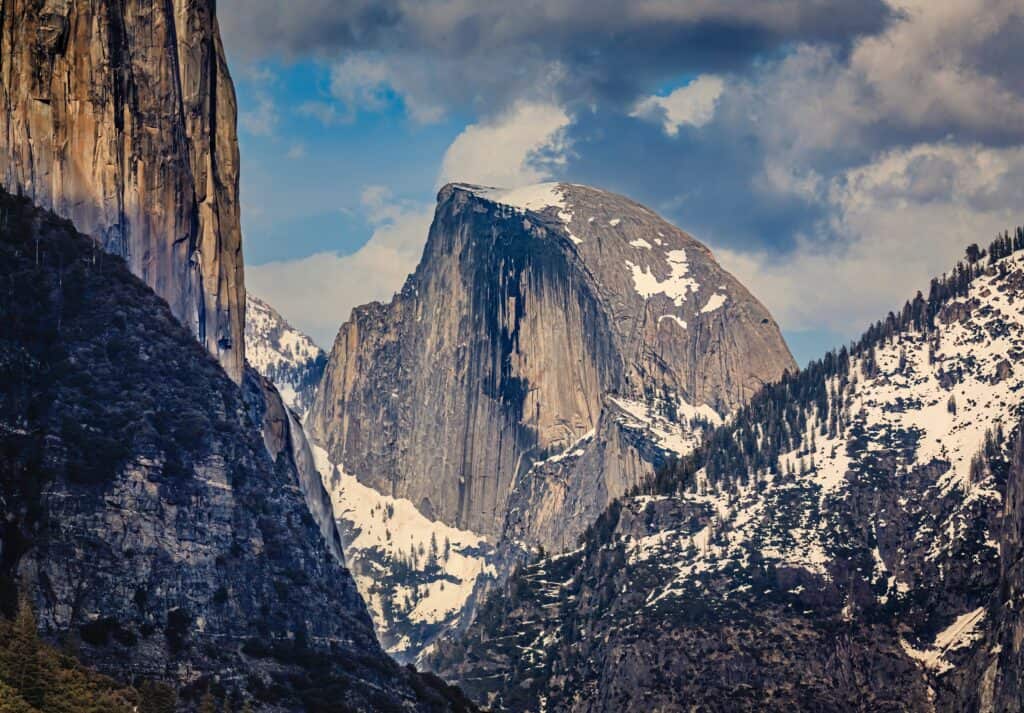
Established in 1890, Yosemite National Park is one of the most visited parks in the United States, located in California’s Sierra Nevada. It spans over 760,000 acres and is famed for its giant granite cliffs, waterfalls, giant sequoias, and vast biodiversity. It is home to the iconic Half Dome and El Capitan, which attract rock climbers and nature enthusiasts alike. It was initially protected due to the efforts of naturalist John Muir, who advocated for its preservation. It is now a UNESCO World Heritage Site and remains a symbol of natural beauty and conservation efforts in the U.S. It is also home to a rich diversity of flora and fauna, with around 95% of the park designated as wilderness. Its famous natural features include the towering Yosemite Falls, one of North America’s tallest waterfalls, and the stunning Tuolumne Meadows.
Mount Rainier National Park
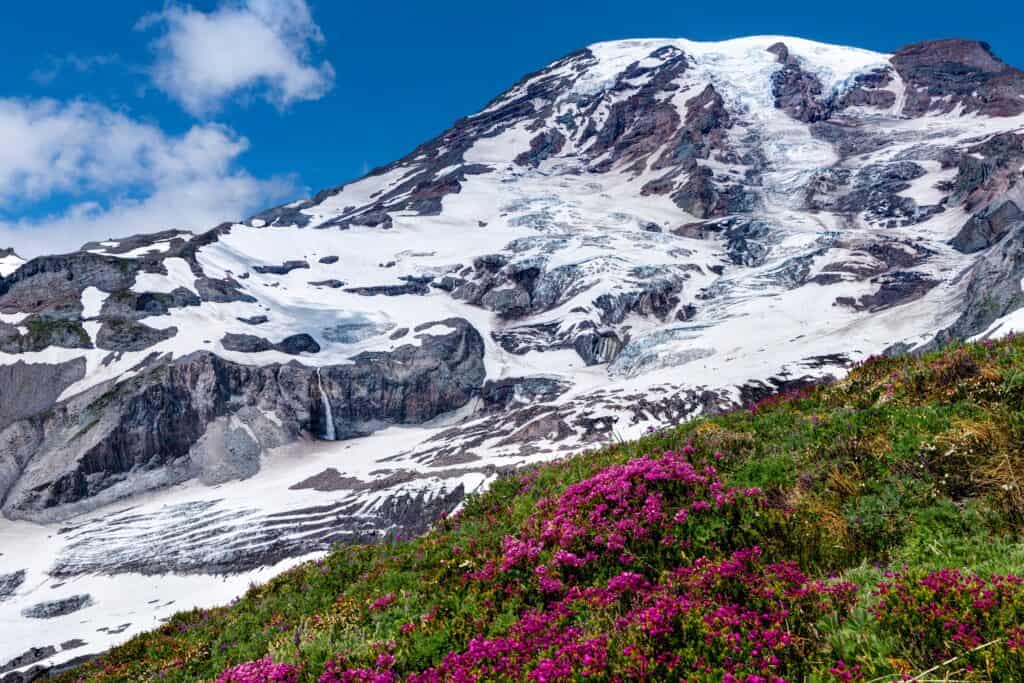
Mount Rainier National Park, established in 1899, is located in Washington state and covers 369 square miles. It is home to Mount Rainier, an active stratovolcano standing at 14,411 feet, making it the highest peak in the Cascade Range. Its landscape includes valleys, old-growth forests, waterfalls, and subalpine meadows filled with wildflowers in the summer. Visitors can explore its numerous hiking trails, including the Wonderland Trail, a 93-mile loop around the base of the mountain. It was created to preserve the natural beauty of the mountain and its surroundings while allowing for recreation and scientific study. Its glaciers are one of its most unique features, with 25 named glaciers, the largest of any peak in the contiguous U.S. Its diverse ecosystems host species such as black bears, mountain goats, and elk, making it a haven for wildlife enthusiasts and nature photographers.
Waterton Lakes National Park
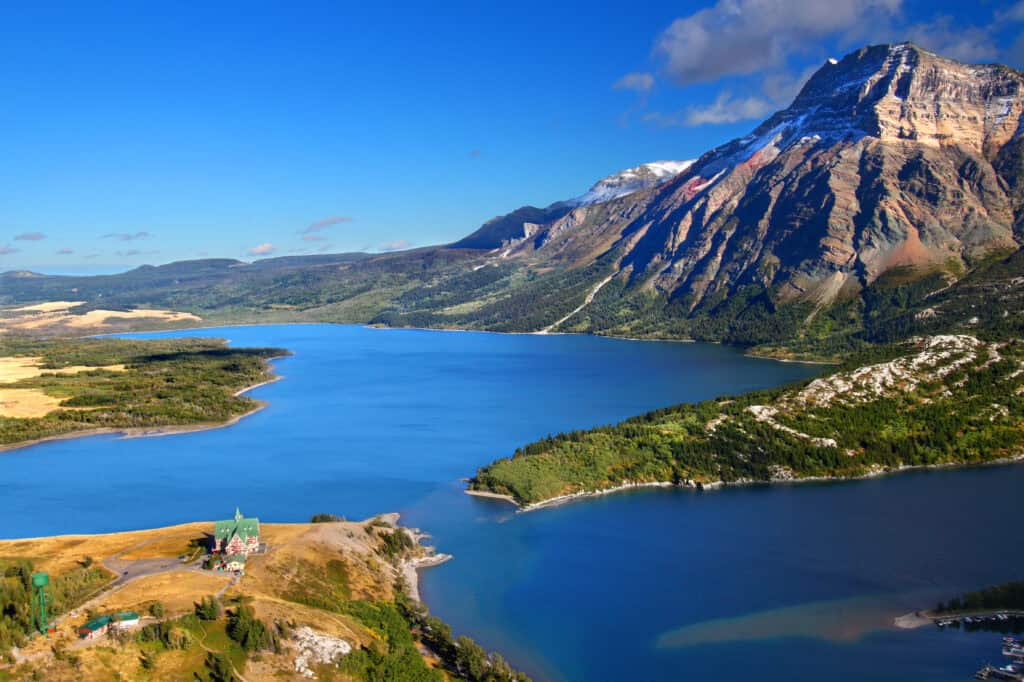
Waterton Lakes National Park, established in 1895, is located in Alberta, Canada, near the U.S. border with Montana. It spans 195 square miles and is part of the larger Waterton-Glacier International Peace Park, the first of its kind in the world. It is known for its stunning mountain scenery, crystal-clear lakes, and diverse wildlife, including bison, bears, and elk. It offers numerous outdoor activities, from hiking and boating to wildlife viewing and photography. Its unique geography creates a convergence of prairie, mountain, and aquatic ecosystems, making it a biodiversity hotspot. It is a UNESCO World Heritage Site, recognized for its natural beauty and cultural significance. Its history is rich with Indigenous heritage, and it remains a critical site for both conservation and tourism in Canada.
Tongariro National Park
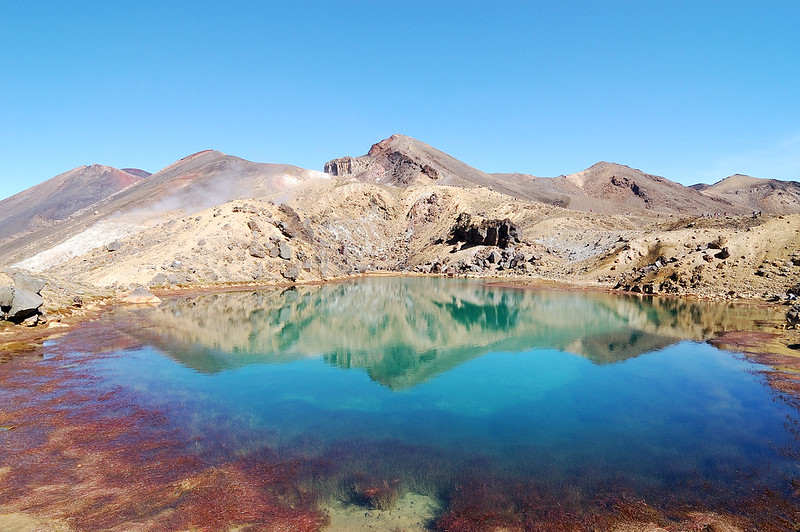
Tongariro National Park, established in 1887, is New Zealand’s oldest national park and the fourth oldest in the world. Located in the central North Island, it spans around 307 square miles and is home to three active volcanoes: Mount Ruapehu, Mount Ngauruhoe, and Mount Tongariro. These volcanic features, along with several sacred Maori sites, contribute to the park’s designation as a dual World Heritage site. It offers some of New Zealand’s most popular hiking trails, including the famous Tongariro Alpine Crossing. Its unique geological features and cultural heritage make it one of New Zealand’s most significant landmarks. The region’s diverse ecosystems support a variety of plant and animal life, including many endangered species. The park’s volcanic landscape also includes glacial valleys, making it a striking blend of fire and ice, drawing nature enthusiasts and cultural historians alike.
Yoho National Park
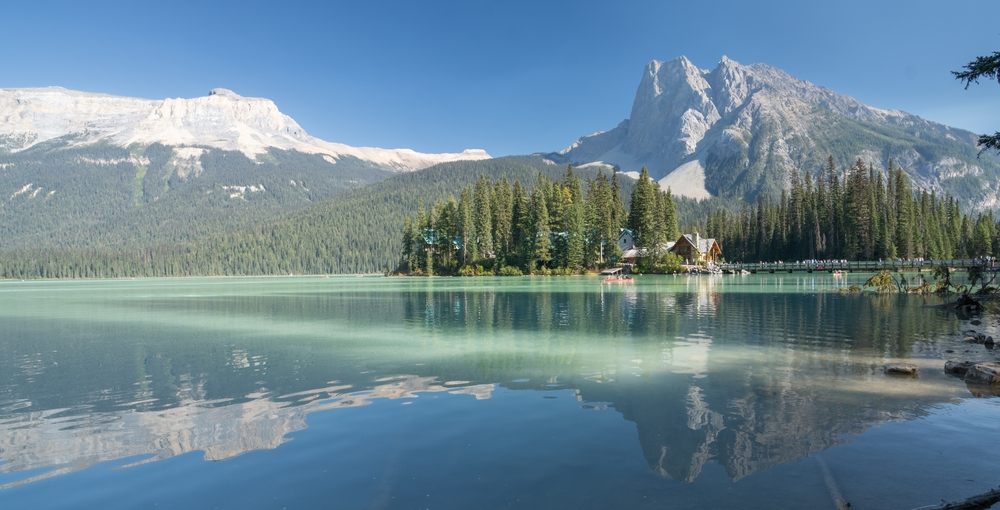
Yoho National Park, established in 1886, is situated in the Canadian Rocky Mountains in British Columbia. It covers 507 square miles and is known for its dramatic landscapes, which include towering waterfalls, deep valleys, and snow-capped peaks. The park’s most famous feature is the Burgess Shale, one of the world’s most significant fossil sites, dating back over 500 million years. It is part of the UNESCO Canadian Rocky Mountain Parks World Heritage site and is renowned for its breathtaking beauty and geological significance. The park is home to numerous hiking trails, glaciers, and pristine lakes, offering visitors a chance to experience Canada’s wilderness. Its name, “Yoho,” is a Cree expression of awe, reflecting the stunning natural beauty of the area. Visitors can also explore the Emerald Lake, a turquoise gem nestled in the mountains, and the Natural Bridge, a unique rock formation carved by the Kicking Horse River.
Banff National Park
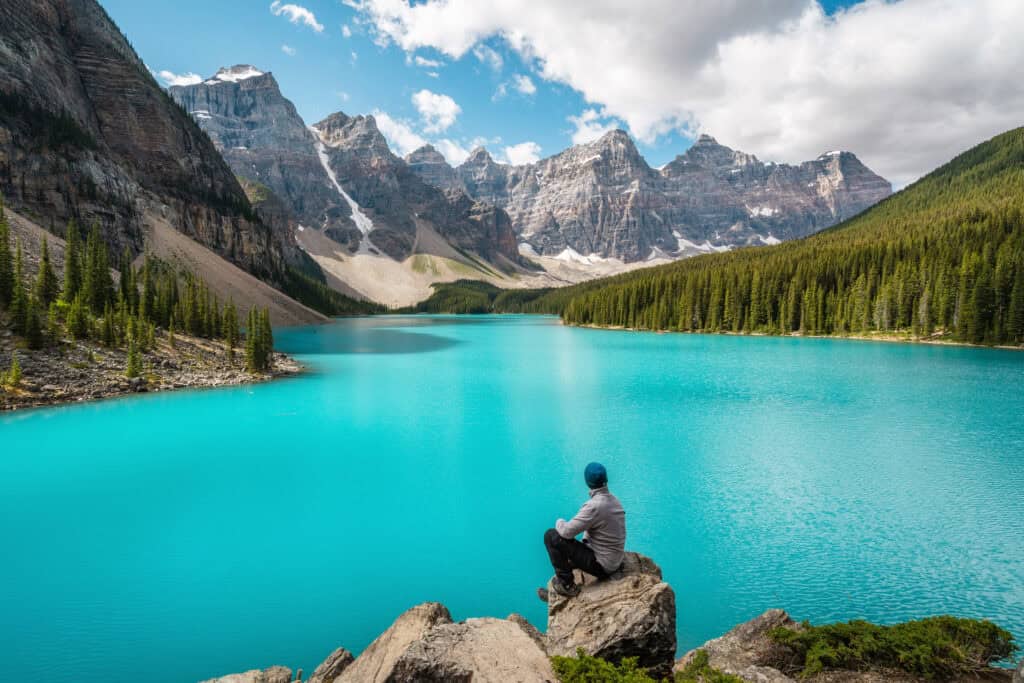
Banff National Park, established in 1885, is the oldest national park in Canada and is located in Alberta’s Rocky Mountains. It covers 2,564 square miles of rugged mountainous terrain, glacial lakes, and dense coniferous forests. Its rich history began when railway workers discovered natural hot springs in the area, prompting the Canadian government to set aside land for preservation. Today, the park is one of the most visited national parks in North America, offering a range of recreational activities, from skiing and hiking to wildlife viewing. It is also home to Lake Louise, one of Canada’s most iconic natural landmarks, with its vibrant turquoise waters surrounded by towering peaks. It is part of the UNESCO Canadian Rocky Mountain Parks World Heritage site. The wildlife in it is diverse, including species such as grizzly bears, elk, and bighorn sheep, making it a haven for both adventure seekers and nature lovers.
Royal National Park
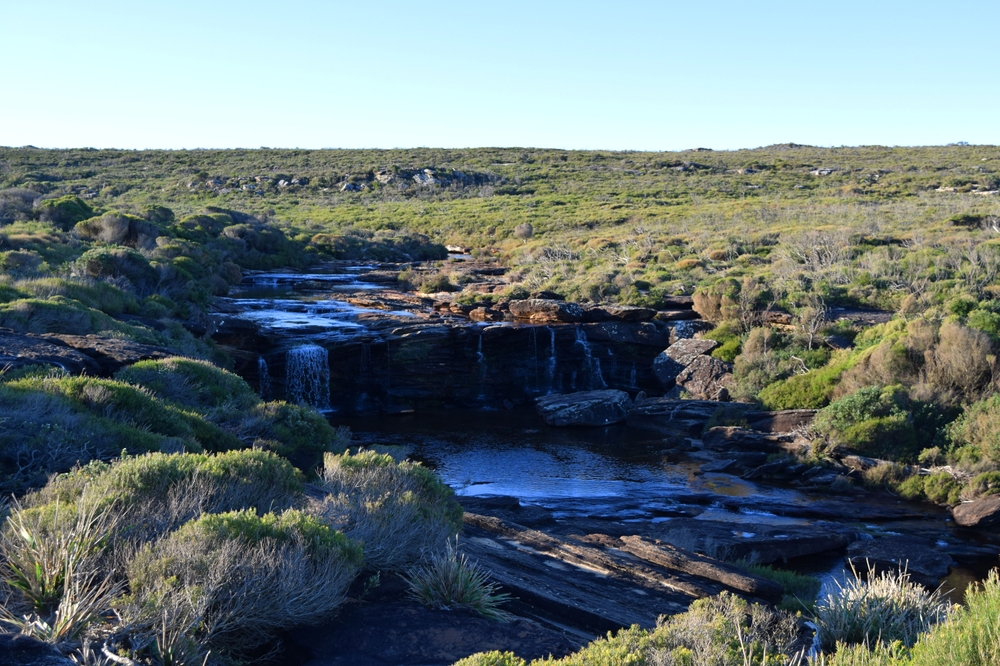
Royal National Park, located in New South Wales, Australia, was established in 1879, making it the second oldest national park in the world. Covering 58 square miles, it is known for its coastal cliffs, dense bushland, and river valleys. Originally called “National Park,” it was renamed “Royal National Park” after Queen Elizabeth’s visit in 1954. It offers a wide range of recreational activities, including hiking, cycling, and kayaking. Its historical significance lies in being the first national park on the continent, setting a precedent for conservation efforts in Australia. Visitors can explore ancient Aboriginal sites within the park, which adds to its cultural importance. The park’s diverse ecosystems support a range of plant and animal species, including several endangered species. It also features popular attractions such as the Figure Eight Pools and Garie Beach, drawing visitors for both relaxation and adventure.
Yellowstone National Park
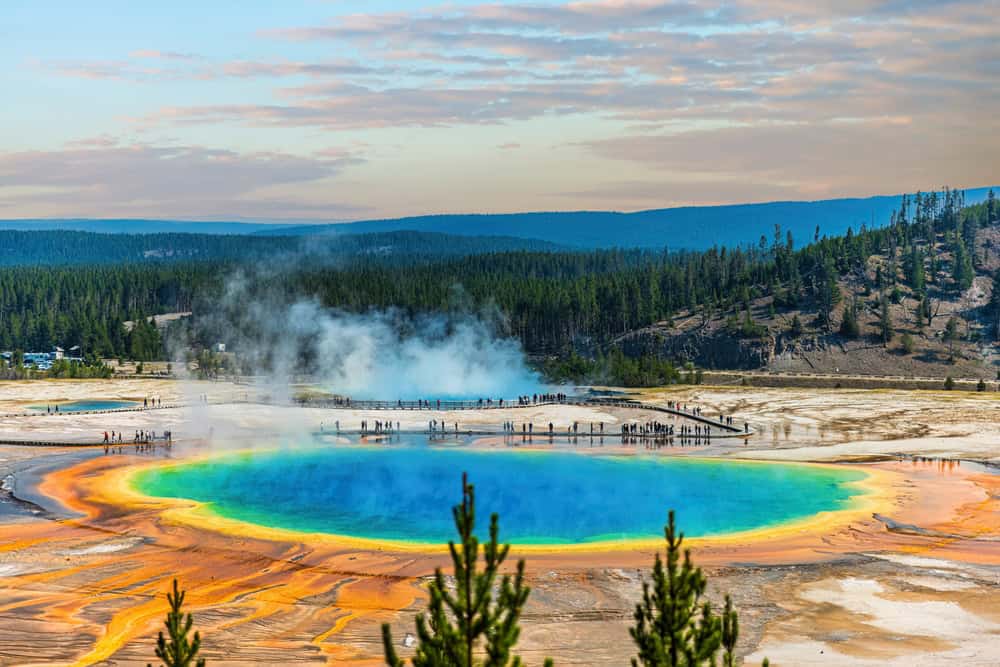
Yellowstone National Park, established in 1872, is located primarily in Wyoming, with portions extending into Montana and Idaho. Spanning 3,468 square miles, it is famous for its geothermal features, including the iconic Old Faithful geyser, hot springs, and boiling mud pots. It was created as the world’s first national park, and it remains one of the most well-known parks globally, drawing millions of visitors each year. In addition to its geothermal wonders, it is home to a rich diversity of wildlife, including bison, elk, wolves, and grizzly bears. The park’s landscape ranges from lush valleys to towering mountains, making it a haven for nature lovers and outdoor enthusiasts. Its history includes early Native American habitation, and its natural resources have been protected since its establishment. The park’s status as a UNESCO World Heritage Site underscores its global importance for both its natural beauty and its role in the conservation of wildlife and ecosystems.
Bogd Khan Uul National Park
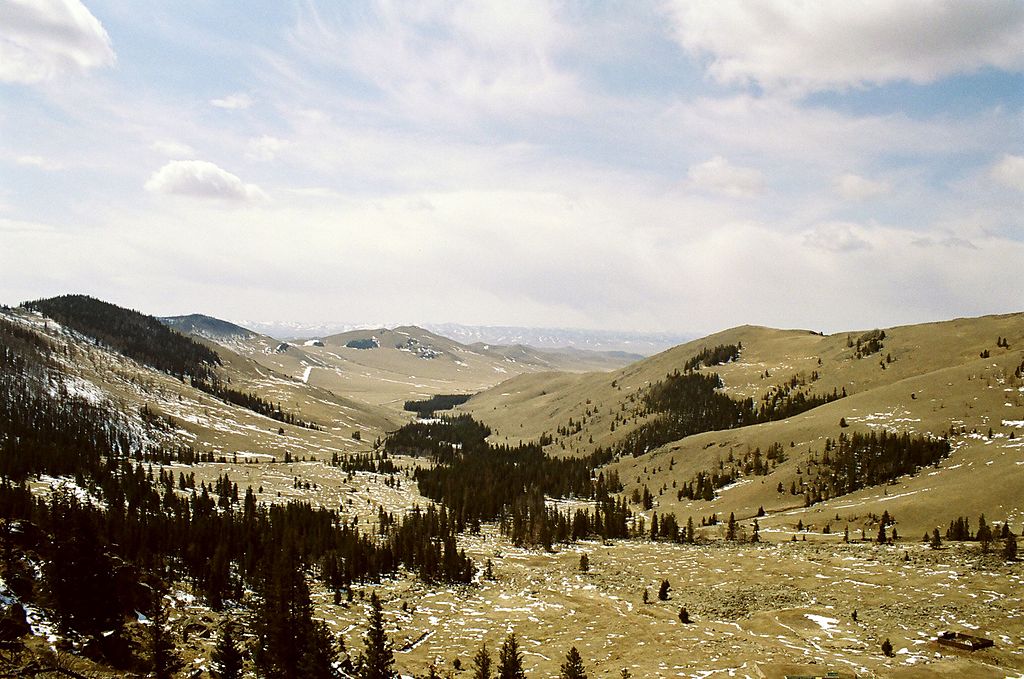
Bogd Khan Uul National Park, established in 1778, is the oldest national park in the world. Located near Ulaanbaatar, Mongolia, it covers 156 square miles and serves as a vital area for the protection of diverse wildlife and cultural heritage. Its mountainous landscape and forest-steppe ecosystems are home to several endangered species. It is also a sacred site in Mongolian Buddhism, adding to its cultural significance. The park was designated a UNESCO biosphere reserve and continues to be a popular hiking and pilgrimage destination. Its establishment marked the beginning of formal conservation efforts globally, predating even Yellowstone by nearly a century. Today, it remains an important symbol of Mongolia’s commitment to environmental preservation and cultural heritage, attracting both researchers and tourists alike.
This article originally appeared on Rarest.org.
More from Rarest.org
12 Iconic Guitars Owned by Legendary Musicians That Command High Prices

Iconic guitars have played a major role in shaping music history, often becoming as legendary as the musicians who wielded them. From blues to rock, these instruments were key to the creation of timeless songs and unforgettable performances. Read More.
13 Obscure Musical Instruments Now Fetching High Prices

Forgotten musical instruments, once pushed aside by modern innovations or changes in musical tastes, are now experiencing a resurgence in value. From rare string instruments to unique wind instruments, collectors are willing to pay high prices for these historical treasures. Read More.
14 Threatened Grassland Species Fighting for Their Existence
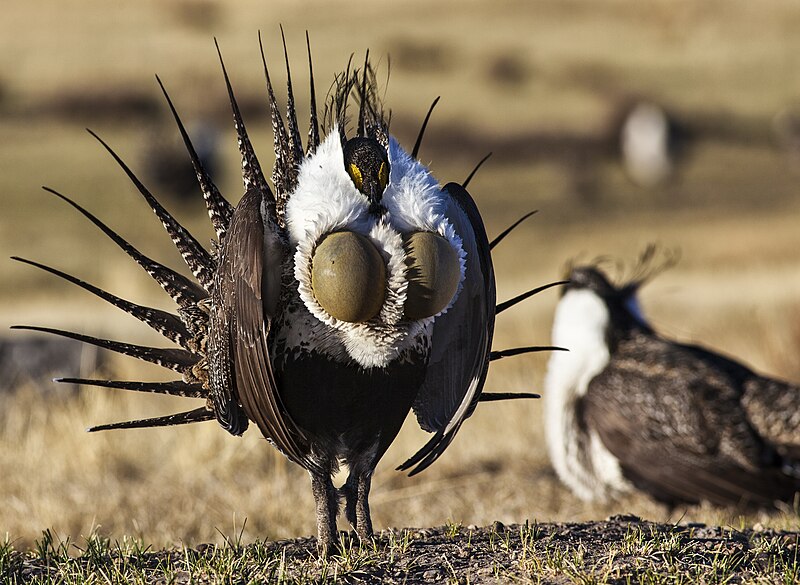
Grasslands are some of the most important yet underappreciated ecosystems on Earth, providing habitat for countless species and essential services like carbon storage. However, these vital areas are disappearing at an alarming rate due to agricultural expansion, urbanization, and climate change. Read More.
